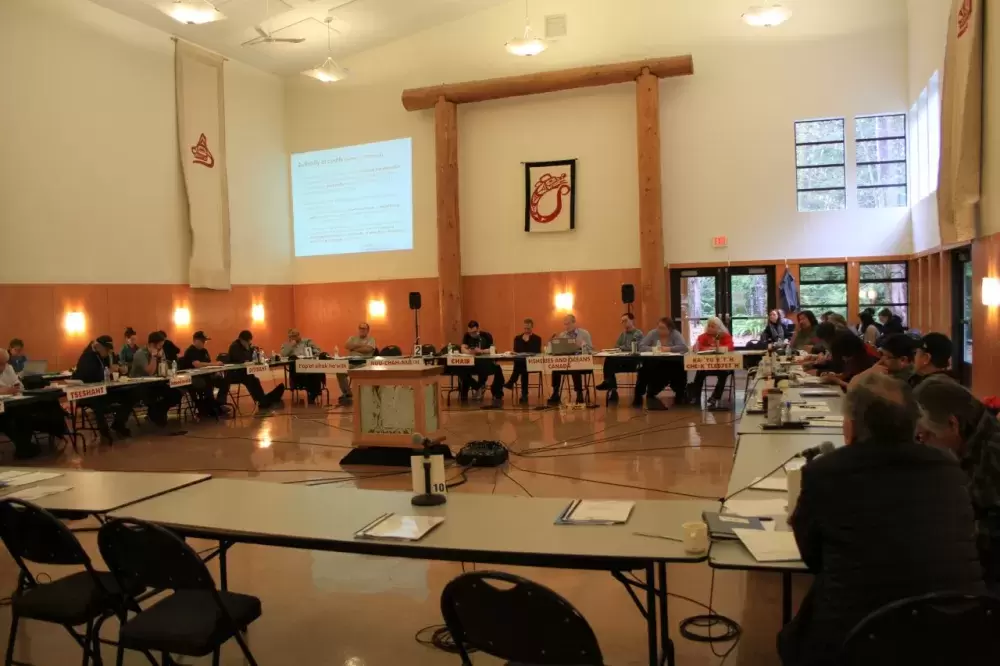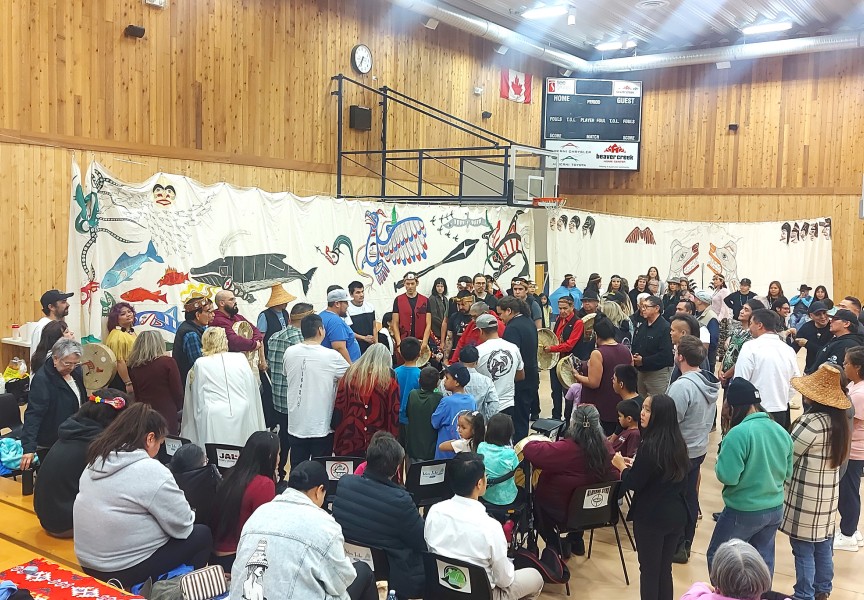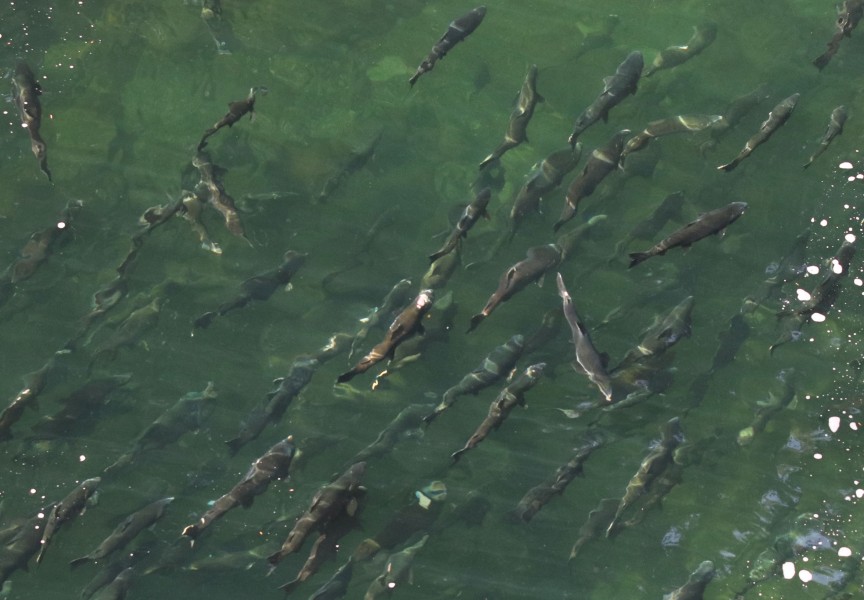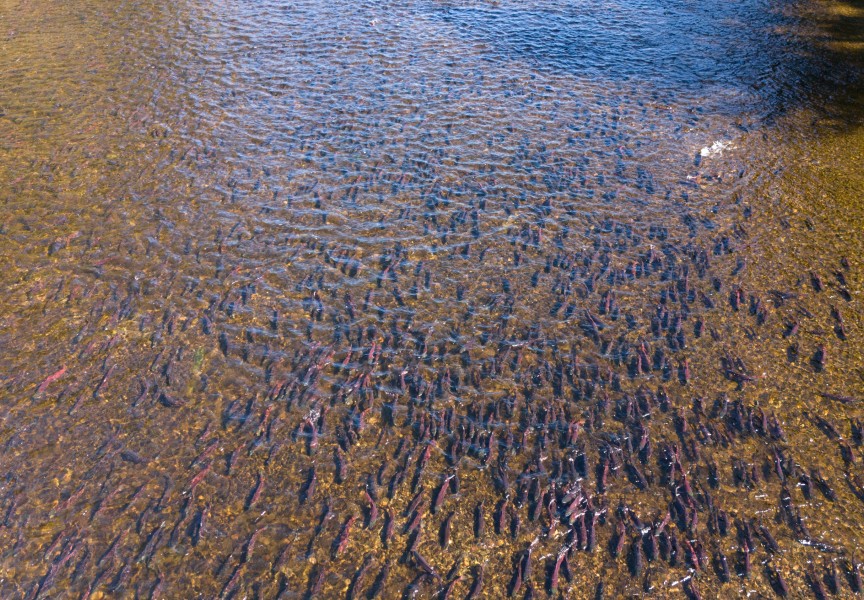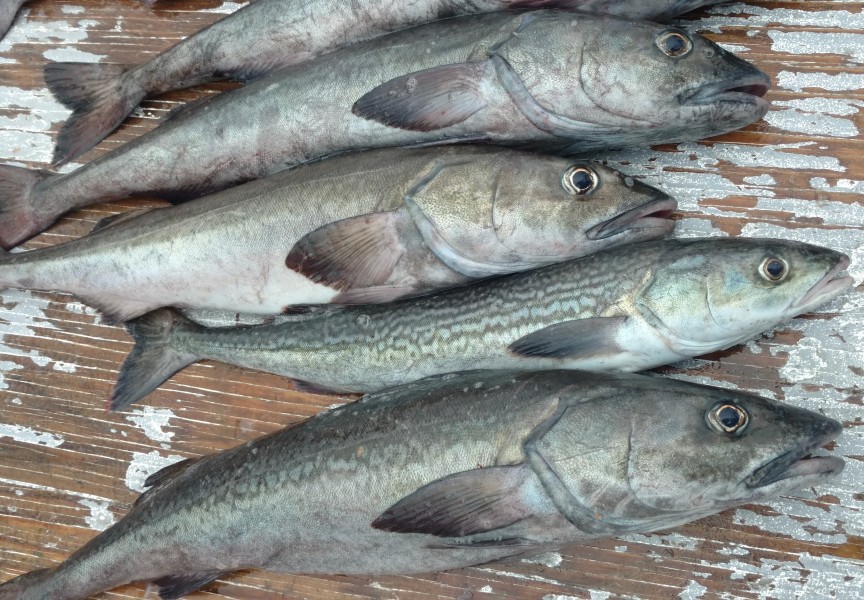With new language to expand the protection of fish habitat and better involve First Nations in resource stewardship, an update to the Fisheries Act now sits before the House of Commons. The legislation is expected to be passed into law later in 2019, bringing the potential for change in how the federal government manages fisheries coast to coast.
“These are the most substantial changes to the Fisheries Act since the act was introduced about 150 years ago,” said Uu-a-thluk Fisheries Program Manager Eric Angel at the beginning of a Council of Ha’wiih Forum on Fisheries addressing the issue.
The April 11 event, held at the Hupacasath House of Gathering in Port Alberni, assembled leaders from across Nuu-chah-nulth territories, plus representatives from Fisheries and Oceans Canada to explain what exactly a new Fisheries Act would mean.
Under the governance of Canada’s Liberals, the act is being updated to “restore lost protections and incorporate modern safeguards” that are needed after the federal Conservatives made changes to the legislation in 2012, according to the DFO’s presentation during the April 11 meeting.
A key change to the act is modifying the definition of fish habitat to mean “water frequented by fish and any other areas on which fish depend directly or indirectly in order to carry out their life processes,” stated the DFO’s presentation document.
“It provides that additional ecosystem protection,” said Tola Coopper, the DFO’s team lead for the Pacific Region Fisheries Protection Program. “It was clear, from 2012 until today, from all the submissions we received that there was a requirement for us to protect all fish and fish habitat. Not just protection for fisheries.”
The new language might not be enough to ensure that the natural processes that fish depend upon is adequately protected, said Uu-a-thluk Northern Region Biologist Roger Dunlop.
“You could greatly improve your purposes and definition of fish habitat by including a couple of words at the end on fish habitat-forming processes,” he suggested, adding that forestry continues to threaten the ecosystem that fish rely on. “You can’t have fish habitat in isolation from the environment. It’s a product from the interactions between water, sediment, wood and vegetation. If that’s not in there, they’ll keep on logging our streams and continue to make them worse than they now are.”
Language in the updated act prioritizes the “restoration of degraded habitat,” with the requirement of considering local First Nations knowledge. This can include using Indigenous law to weigh fisheries decisions, said Coopper.
“If there was Indigenous law to protect fish and fish habitat that was seen to be equivalent to the Fisheries Act, we would establish an equivalency of law and the Fisheries Act would stand down,” she said.
Ahousaht member Floyd Campbell brought up the importance of allowing First Nations to manage their waters.
“It was government policy that stopped a lot of the nations from going into these streams and maintaining them; what I call habitat maintenance is what we used to do, we used to be the stewards,” he said. “Now they’re doing project-by-project habitat restoration - but they only work the one year and then leave it. We’ve got to work on actually maintaining this habitat instead of doing just one year of habitat restoration.”
The DFO has stated that the proposed changes to Canada’s Fisheries Act would help to protect 10 per cent of marine and coastal areas by 2020. Other additions include “the ability to create regulations respecting the rebuilding of fish stocks,” according to the DFO. Andrew Jackson, the Tla-o-qui-aht’s fisheries manager, said his First Nation needs help bringing fish stocks to a sustainable level to allow fishing for food, ceremonial and economic purposes.
“To be part of reconciliation is to rebuild fish stocks in our own territories so we don’t have to depend on one stock,” he said. “I’ve attended several other tables on this matter and it always seems to fall on deaf ears. It has to be addressed because the Fraser River is also getting into trouble.”
Tseshaht member Ken Watts, who until last year served as vice-president of the Nuu-chah-nulth Tribal Council, spoke of a disparity in the enforcement of First Nations and recreational fisheries.
“I’ve heard from probably every single one of our nations here about the over-enforcement of their fisheries - whether they be communal licences or economic fisheries - and the under-enforcement of the recreational fishery in their territories,” he said.
Nuchatlaht member Tom Curley said more stringent limits of the recreational fisheries would help to balance resource management.
“I’ve always noticed there’s no control over the sports fishermen,” he said.
“We did receive new money and we have hired new fishery officers,” responded Chris Manore, chief for the DFO’s Regulations, Conservation and Protection. “There will be more boots on the ground to deal with all aspects of the fishery, including recreation.”

